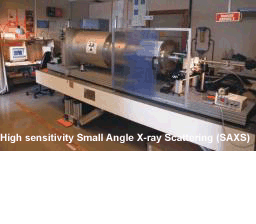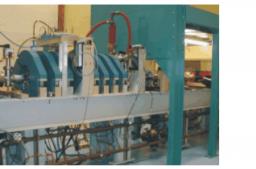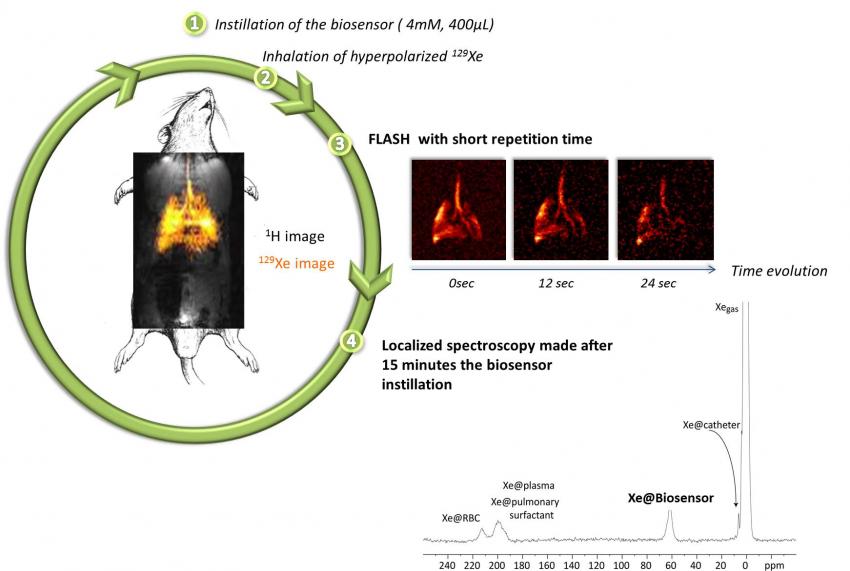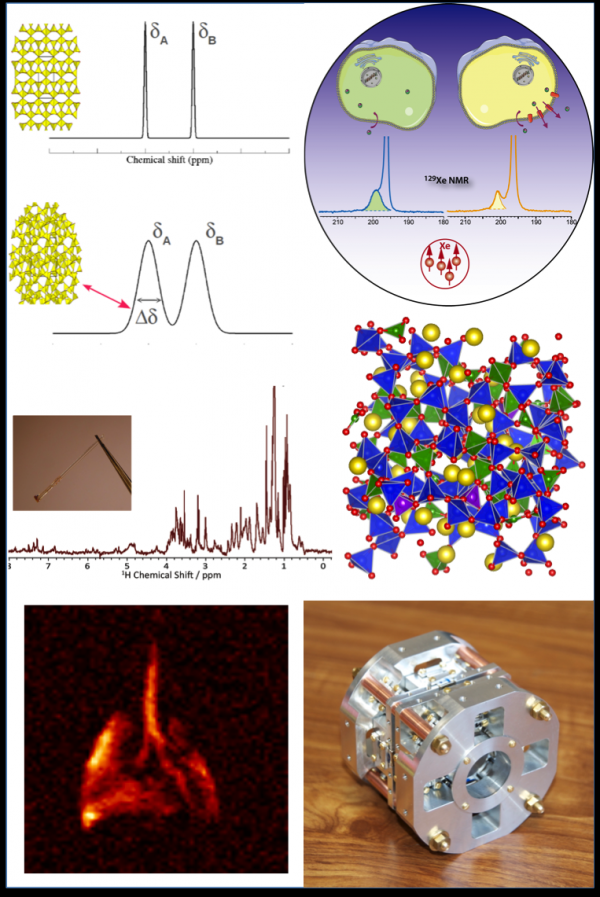

The “Service Interdisciplinaire sur les Systèmes Moléculaires et les Matériaux” is a fundamental research division which gathers about fifty permanent people (CEA, CNRS, university) and a score of students of all levels. Research studies can be divided in two major topics: nanochemistry and radiolysis. The main application domains are technologies of health, nanosciences and fundamental research for nuclear programs of the CEA.
Nanochemistry deals with supra molecular assemblies and ultra divided matter and uses specific characterisation techniques coupled with simulations of short and long distance interactions between molecules and/or ions. The main aims of the researches are the detailed understanding of molecule – metal coordination and interaction, the synthesis and/or the assembling of molecular species with specific properties and the physical chemistry of complex fluids, ultra divided matter and liquid interfaces.
Radiolysis is tackled by the study of physico-chemical and biochemical processes that occur during matter irradiation. Research mainly concerns the primary events of the radiolysis, the influence of confined media and solid - liquid interfaces on water radiolysis, the irradiation under extreme conditions of temperature and pressure and the biochemistry under irradiation.
















